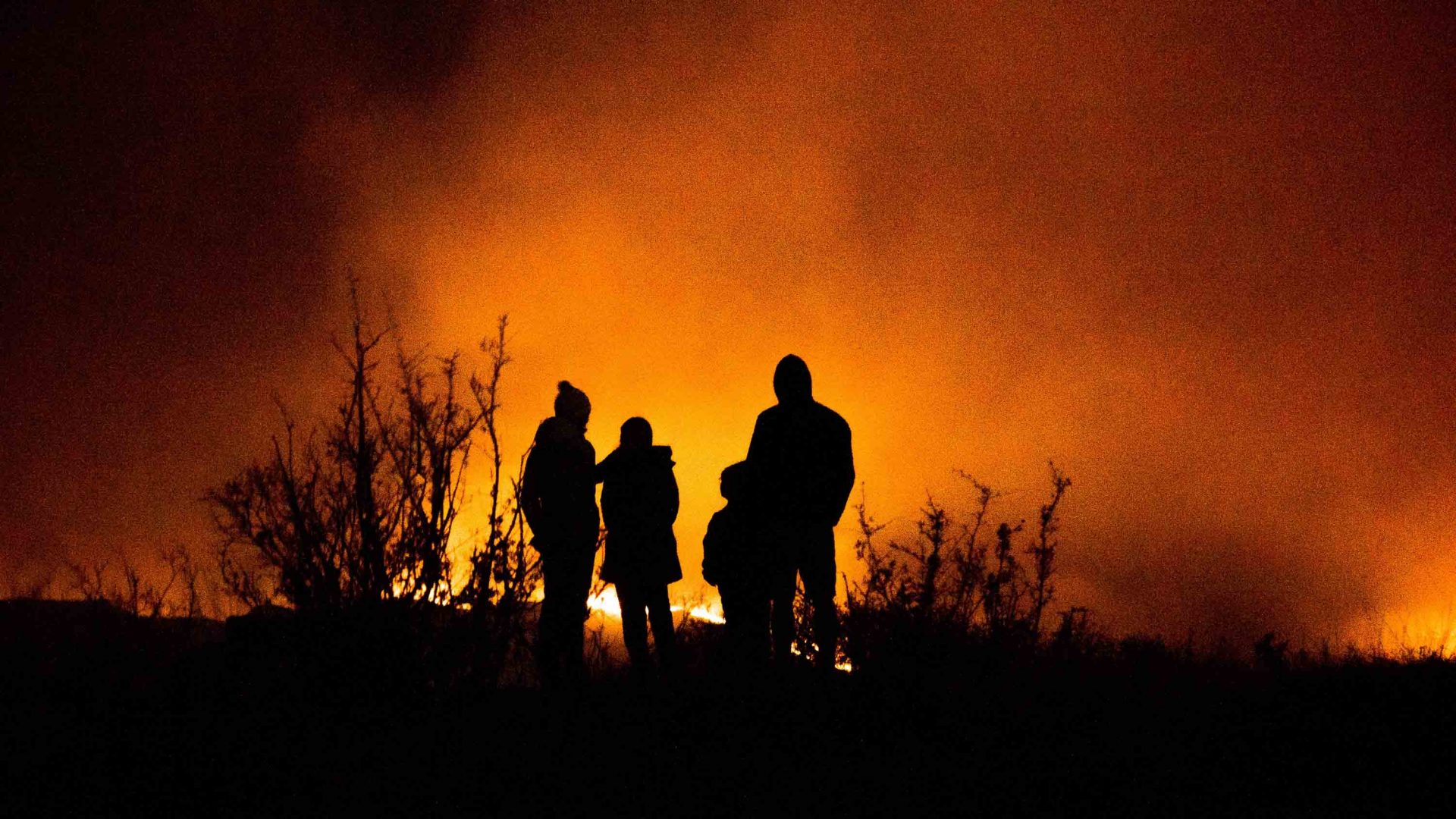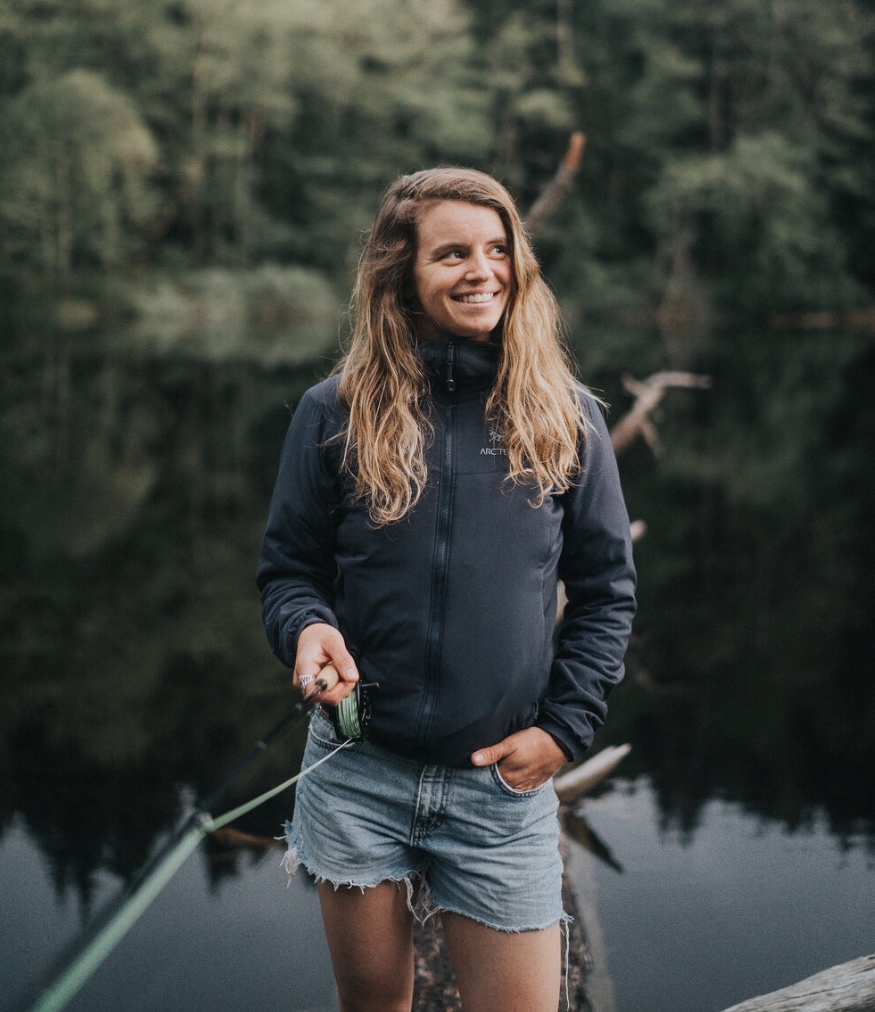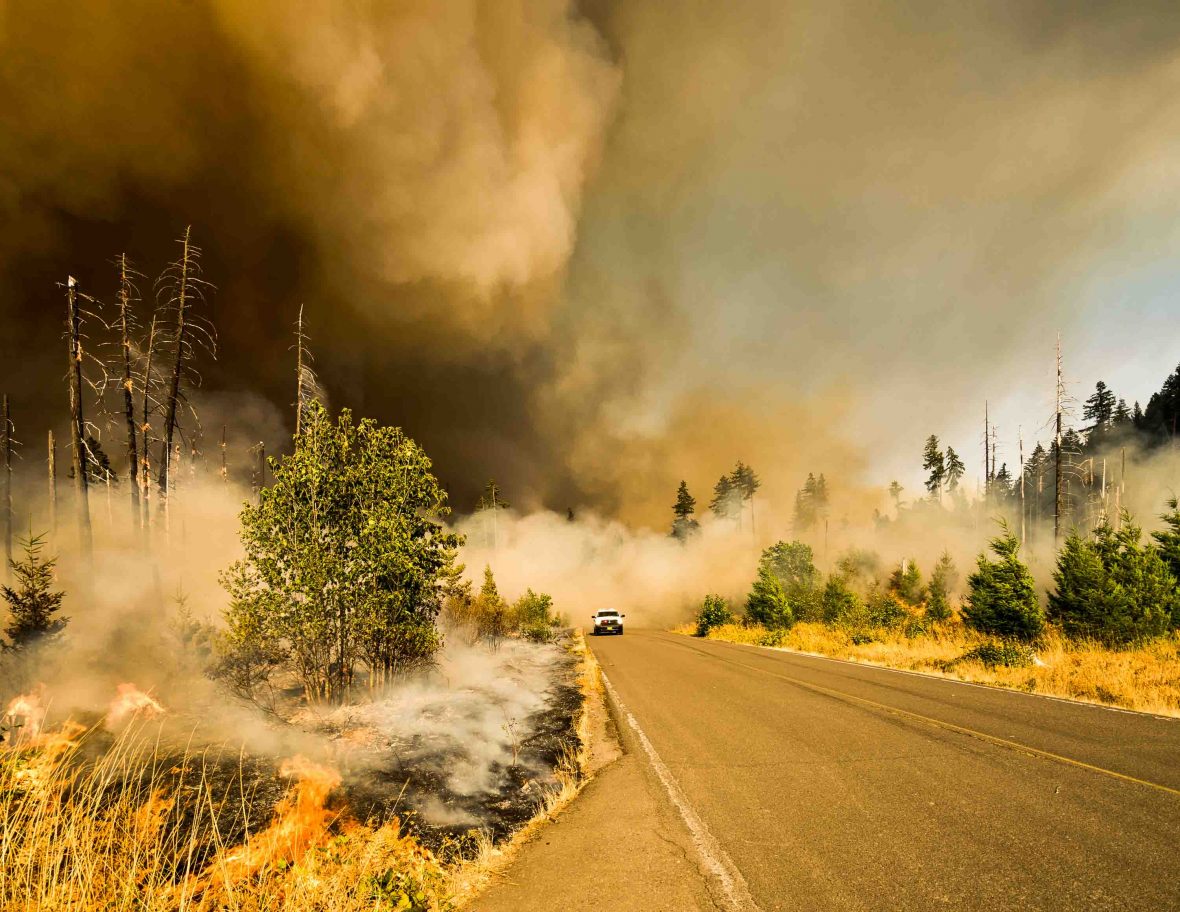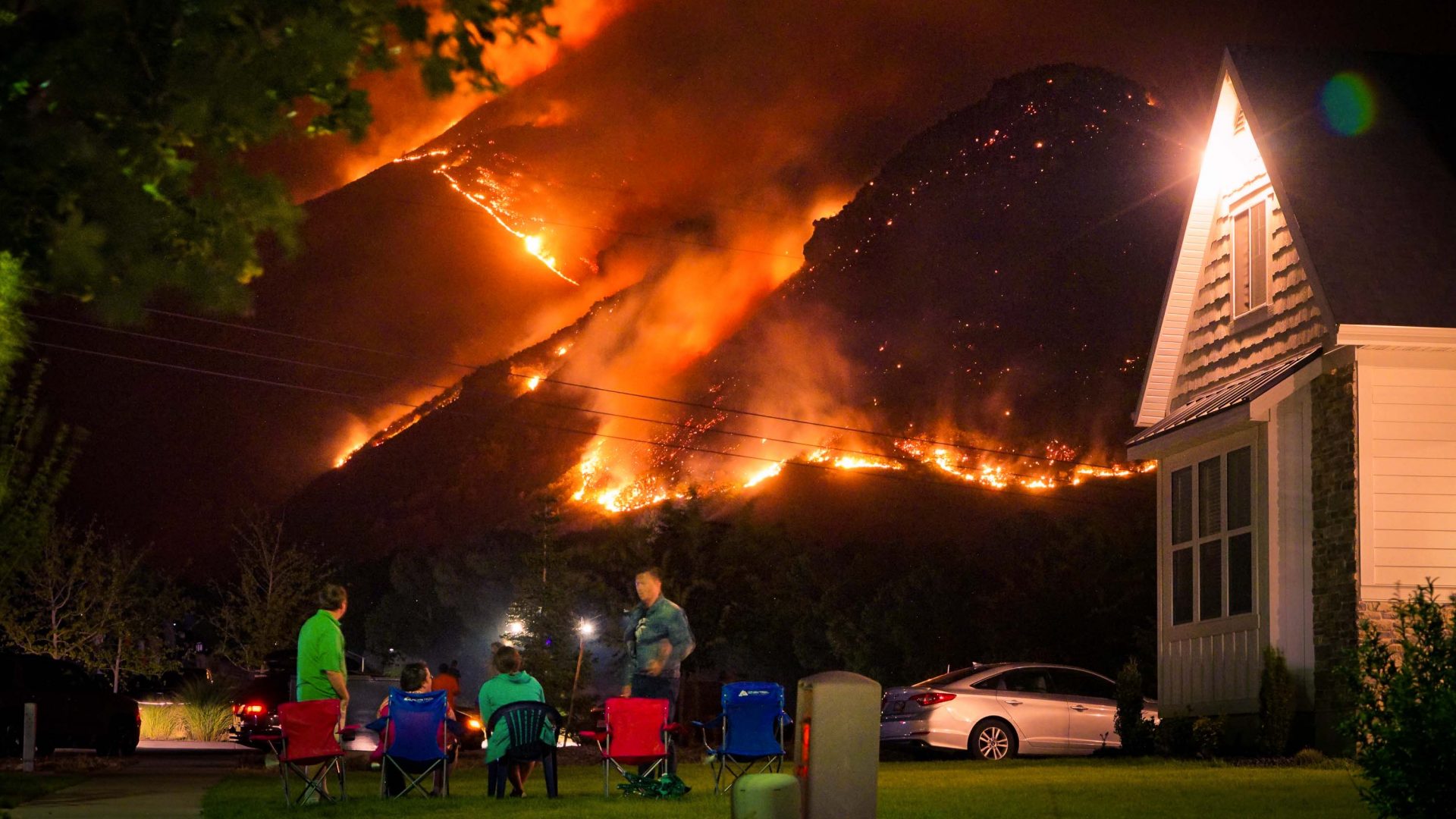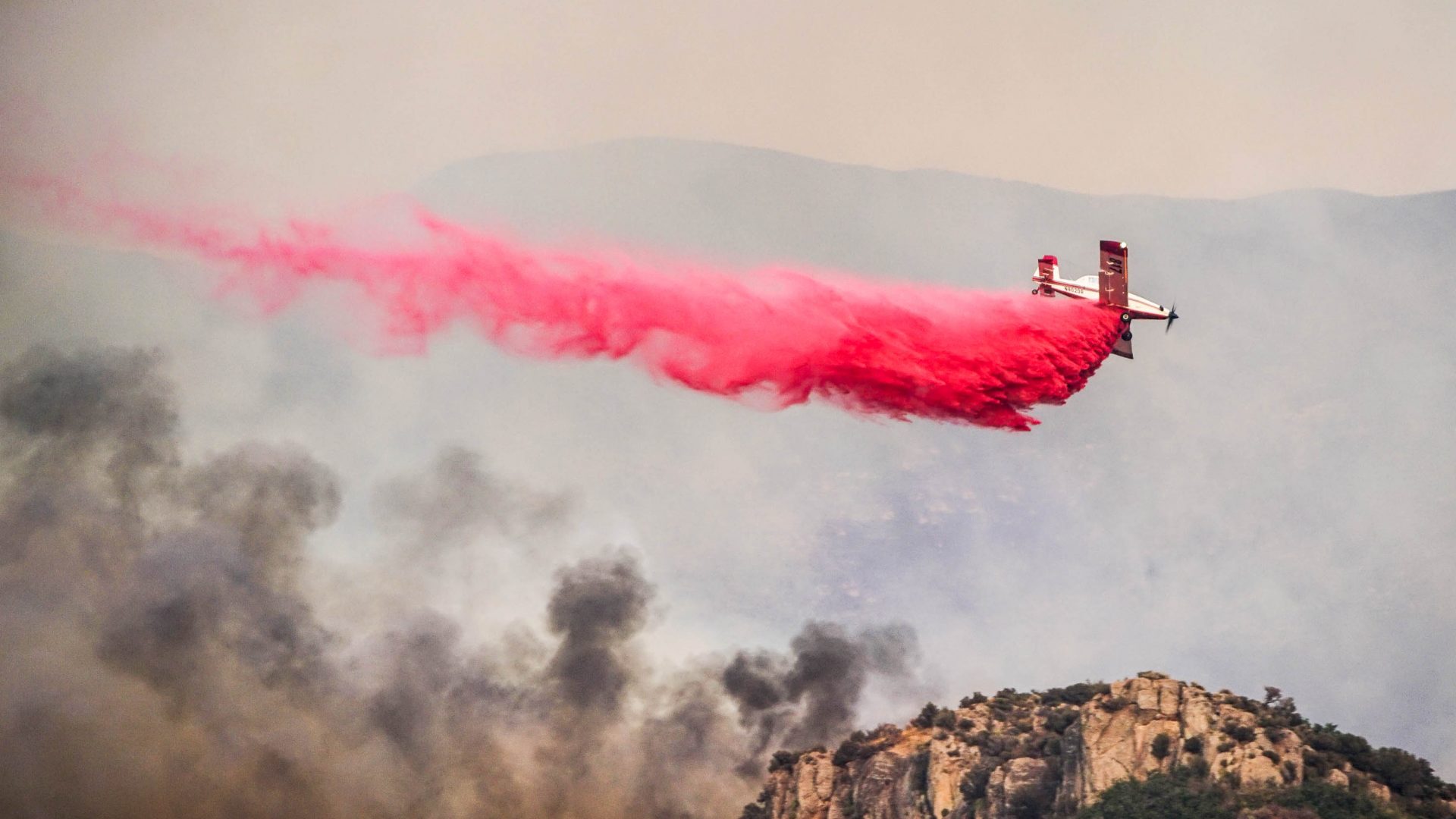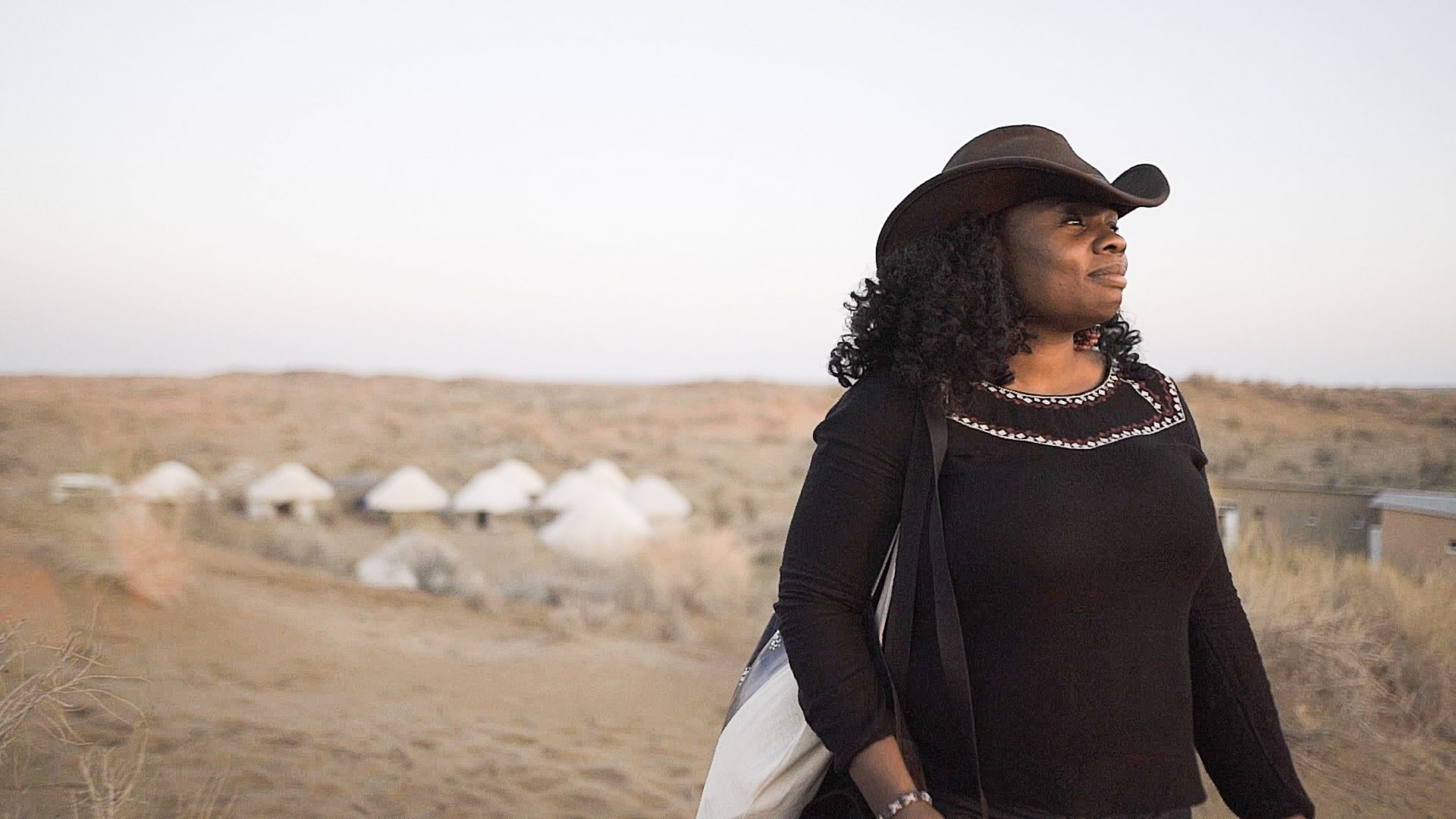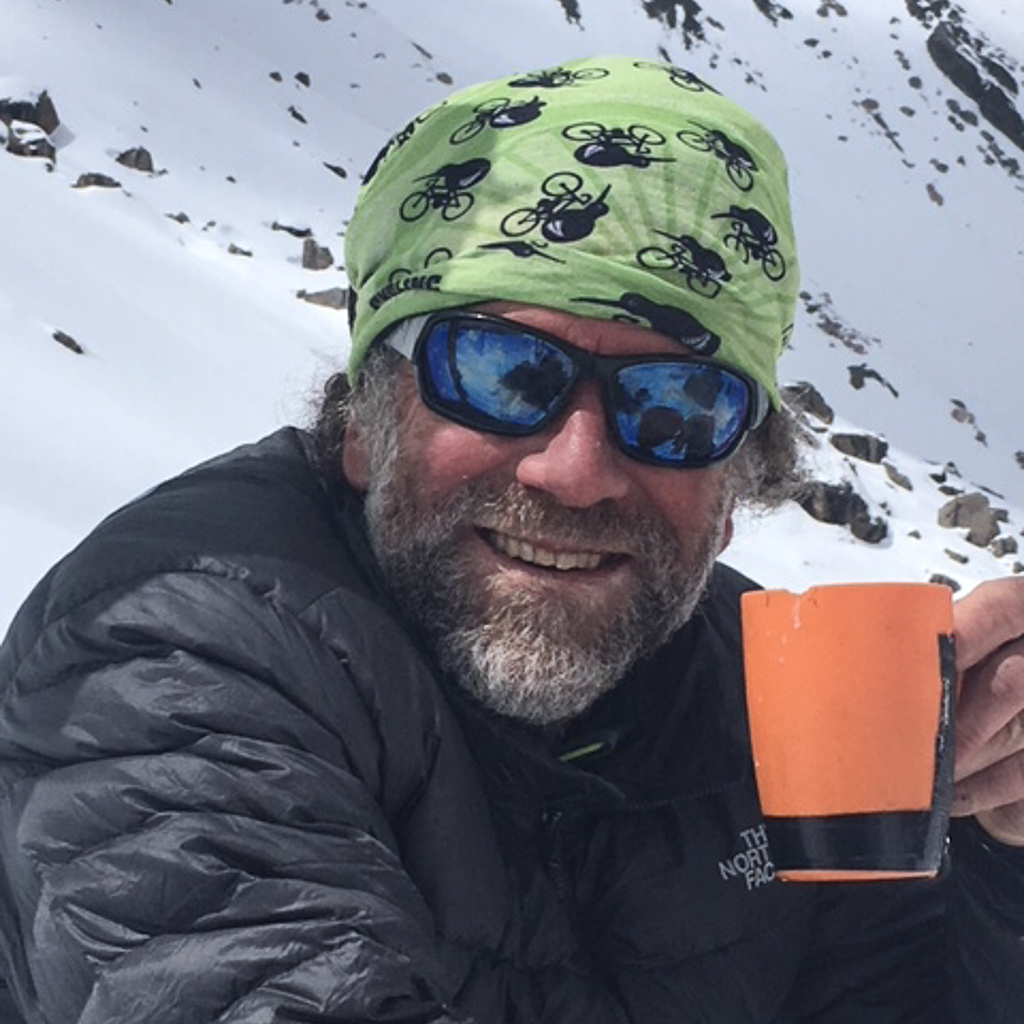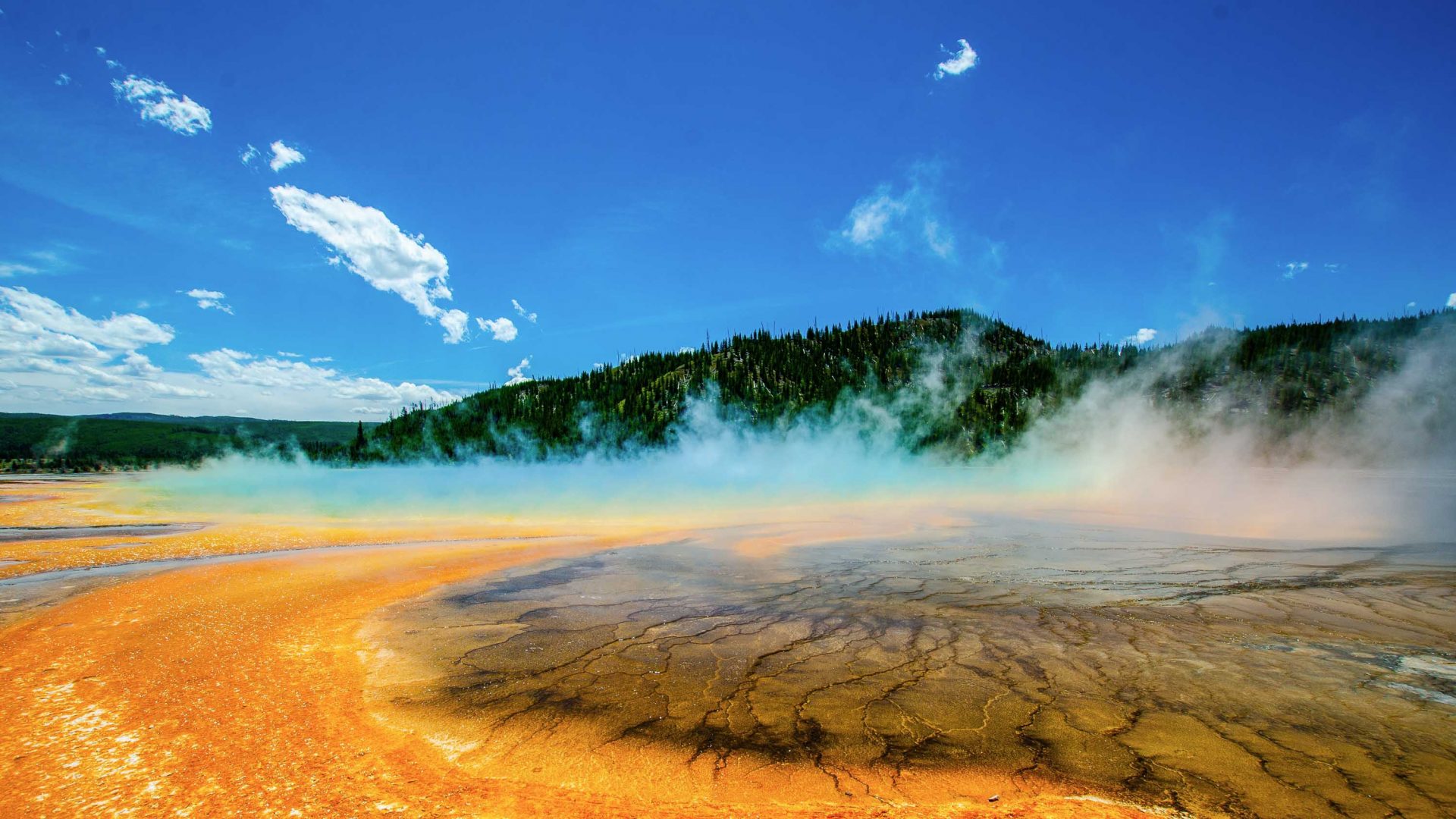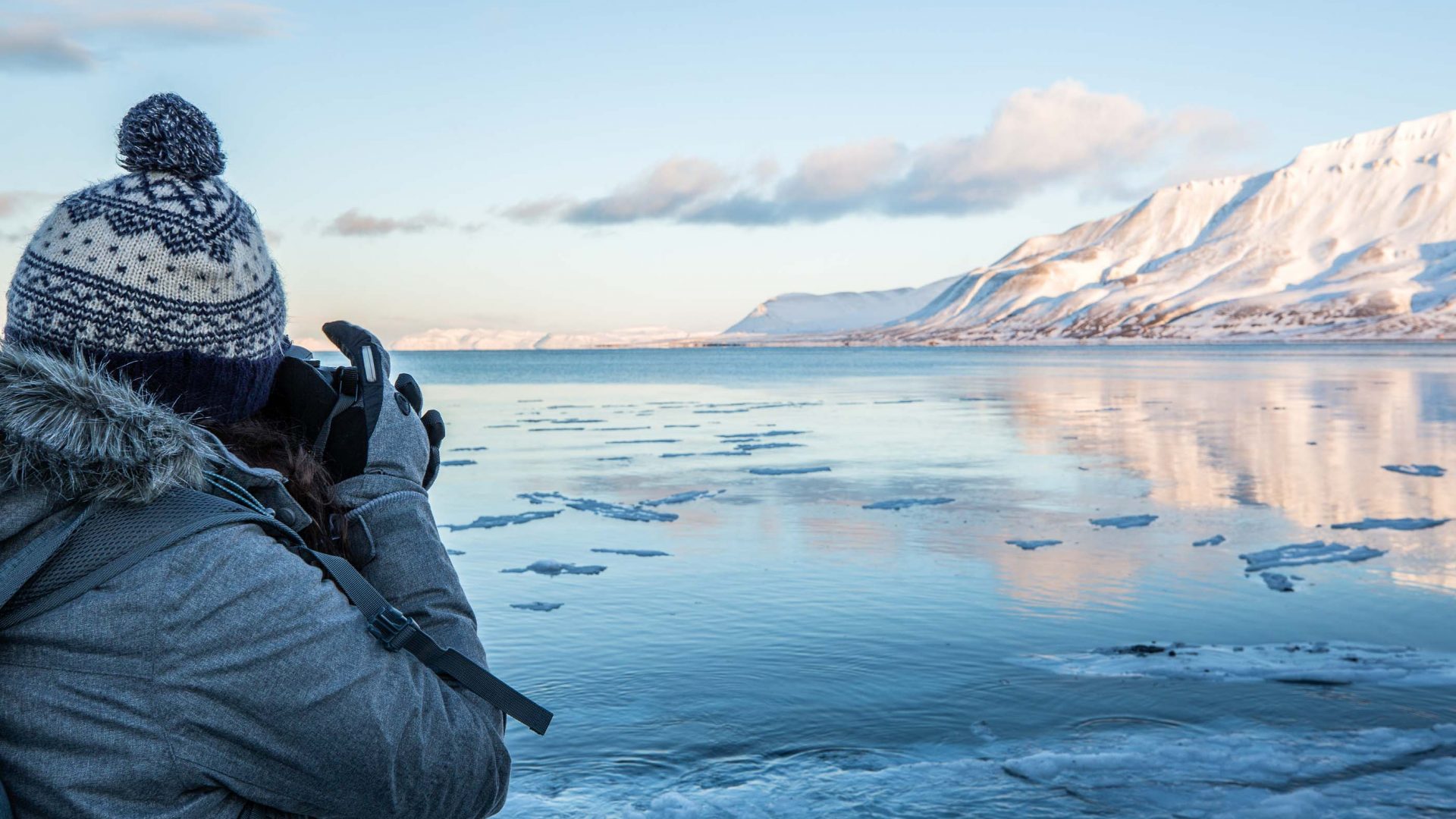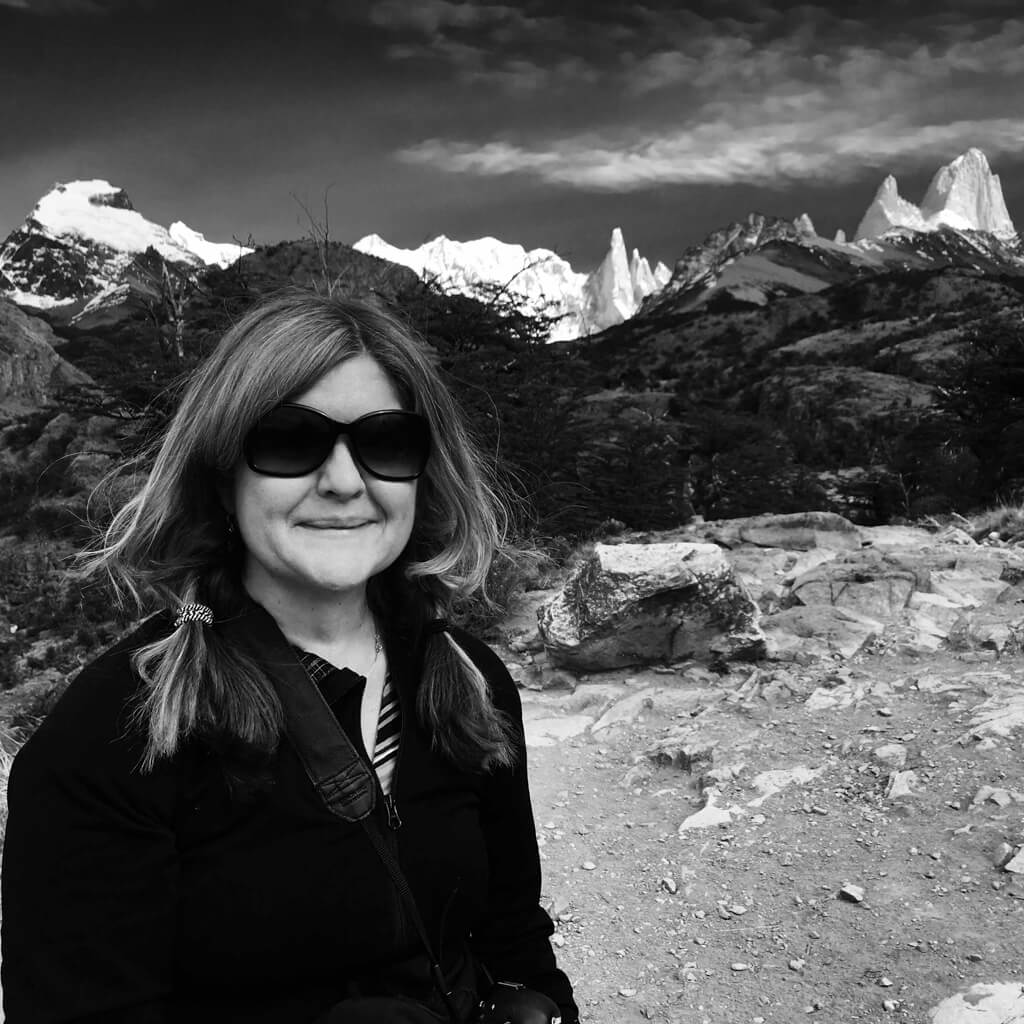Around 70,000 wildfires occur every year in the US alone, burning an average of seven million acres. Globally, satellites detect roughly 10,000 wildfires every day during the summer. And thanks to the climate crisis, it’s getting worse. How can we adapt to deal with the inevitability of fire?
We’ve all seen the images—massive, billowing smoke plumes against blue skies, fire lapping up hillsides like a flood tide, homes reduced to their concrete foundations amidst blackened trees and ash. Fire season after fire season, from Australia to Brazil to the US, images of wildfires paint a clear, nearly inarguable portrait for millions across the world: Fire is a catastrophe, and fire is an enemy.
At the same time, those who live in fire-adapted landscapes are starting to understand the ecological importance of fire, and how restoring fire in these landscapes may be our clearest path to a less destructive future.
Therein lies the pickle: Modern wildfires force us to hold these two realities—fire’s importance and occasional propensity for catastrophe—all at once. But if we’re to move into a future of coexisting with wildfire, we need to not only acknowledge these two competing realities but to act courageously and consistently despite them.
Humans have always had a profound impact on the landscapes around them. Indigenous peoples across the world have been influencing the land for millennia, often for the mutual benefit of both ecosystems and humans.
North American tribes, for just one example, have long impacted the structure, density and health of a variety of ecosystems through the use of fire–whether for ceremonial purposes or to encourage the growth of edible and medicinal plants. European colonization, however, had a profound impact on these traditional management practices. Tribes were removed from their land, and the cultural fire that had helped them steward that land for millennia was banned. This loss of Indigenous fire use remains one of the most significant contributions to modern forest health.
This forces the question: What does “natural” actually mean when the natural world is and always has been shaped by human hands? Our modern relationship with nature hasn’t necessarily been defined by coexistence, but does that change the fact that human behavior and ecosystem vitality are deeply and enduringly interwoven? Sure, the land would probably be fine if humans ceased to exist. But while we’re here, we might as well make peace with reality: We’ve lost touch with the stewardship required for balance, and our ecosystems are reflecting this change by increasingly extreme means.
An effective path towards coexistence is paved with adaptation. The focus of our evolving relationship with fire should be to amend our relationship with it, to see its presence, and to respond not with fear but with curiosity. On an individual or community level, this can mean thinking more objectively about the fires that will inevitably burn in the places we love.
To start, we can aim to build an understanding of fire’s historic, pre-colonial presence in the ecosystems we most value. By removing fire for so long, we inadvertently traded the option to have fewer emissions over a longer timeline for the much-less-ideal option of having all of these acres burn at accelerated timelines under more extreme modern conditions.
But it’s important to know that returning certain landscapes to their pre-colonial structure will ultimately help. For example, shrubland, wetlands and even prairies are huge carbon sinks (more so than timber in many cases), and as more areas burn and return to these vegetation types they will ultimately absorb more carbon.
So when a fire is burning, we should ask: What is actually at risk? Could extreme weather or drought be contributing to more extreme fire behavior? Is there a chance that this fire, or even just parts of it, may ultimately have ecological benefits?
The crux of this mindset shift is acknowledging that wildfires can be catastrophic on a human scale, and yet simultaneously beneficial ecologically—and then acting accordingly.
A very small amount of wildfires—just one percent in the US, according to research—are ultimately destructive on a human scale. But we are still able to adapt to better protect ourselves and our vulnerable neighbors from that destruction.
A shift will require more robust systems to effectively support those communities that are most vulnerable to the profound impacts of wildfires. This can take many shapes: Establishing and improving evacuation routes, building better community education around wildfires, supporting fuels treatment projects on the community scale, and providing resources and funding for individual and community mitigation work are just a few things that need to be improved in communities in North America and beyond.
Shifting our understanding of fire will not be a quick process—we are, after all, a generation raised on Smokey Bear, wildfire evacuations and watching untold devastation play out on the nightly news in places like California, Australia, Greece, Brazil, and Italy. It will require a profound reckoning with what we value about the landscapes we love, and with what we stand to lose as these landscapes adapt to climate change in the only way they know how: By burning.
In our lifetimes, we will watch forests we love turn into shrubs or grasslands. We will almost undoubtedly watch as our landscapes go through significant shifts in vegetation type and density. We may lose old growth. Some of our favorite trails and rivers and forests will be burned over. And while hard, while grievous, we must hold and accept these ecosystem shifts as an essential element of the relationship we are rebuilding with fire and the places that have long been shaped by it. And we must prepare for these inevitable losses while preparing ourselves, our communities and our world for a future with fire.
This preparation will absolutely require allowing more fire to burn on our terms–accomplished through prescribed fire and cultural fire practices when conditions are not extreme. It will mean becoming involved at a community level to not only understand fire’s role, but to ensure that appropriate measures are being taken to protect those things we most love about the places where we live.
We do not need to hold this new reality hopelessly—instead, we can consider it an opportunity to develop stronger relationships with the places we love, and to accept them as they bend and shift over the course of our lives. We no longer have the privilege of watching these systems act and adapt beyond human timescales—for better or worse, and we’re finally coming face to face with just how connected to these places we are.
Amanda Monthei is a former wildland firefighter. She currently works as a Public Information Officer on wildfires and hosts Life with Fire—a podcast that explores the critical role wildfire plays in America’s forests, lands and communities.
